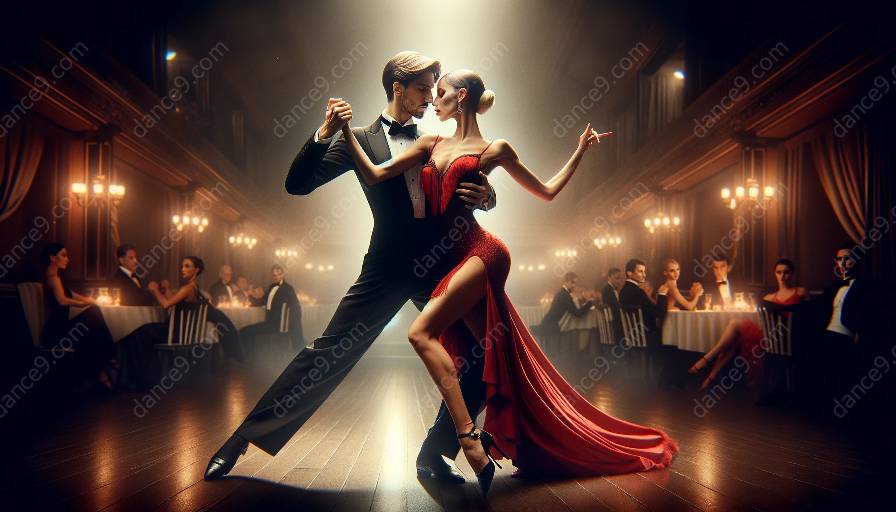Tango, with its origins in the working-class port neighborhoods of Buenos Aires, has a movement vocabulary that sets it apart from other dance styles. The intricate and passionate steps, the intense embrace, and the deep musical connection make tango a truly unique and captivating dance form.
The Elements of Tango Movement Vocabulary
At the core of tango's movement vocabulary are the distinctive steps and body movements. Unlike many other dance styles, tango is characterized by its close embrace, with partners moving in unison and maintaining a strong connection throughout the dance. The steps in tango are often more intricate and precise, requiring a high level of technical skill and control.
The rhythmic intricacy of tango music also influences its movement vocabulary. Dancers must be attuned to the nuances and accents in the music, interpreting its emotional depth through their movements. The result is a dance style that is both physically demanding and deeply expressive, requiring dancers to embody the passion and drama of the music.
Comparing Tango to Other Dance Styles
When compared to other partner dance styles, tango stands out for its unique embrace and connection between partners. Unlike ballroom dances, which often feature a more formal and upright posture, tango encourages a deeper, more intimate connection between partners, with the chest and upper body in close contact. This creates a sense of shared weight and a feeling of being truly connected to one's partner, enhancing the emotional intensity of the dance.
Furthermore, the movement vocabulary of tango differs from other styles in its emphasis on improvisation and interpretation. While many dance forms have predetermined choreography, tango allows for creative expression and spontaneity within the structure of the dance, making each performance a unique and personal experience.
Embracing the Passion of Tango Through Dance Classes
For those eager to explore the unique movement vocabulary of tango, taking dance classes dedicated to this art form can be incredibly rewarding. In these classes, students learn the intricate steps, the embrace, and the musicality that define tango. They also delve into the cultural and historical context of tango, gaining a deeper understanding of the emotional and social dimensions of the dance.
Through dedicated practice and guidance from experienced instructors, students can unlock the expressive and technical elements of tango, allowing them to experience the thrill and passion of this captivating dance style firsthand.













































































